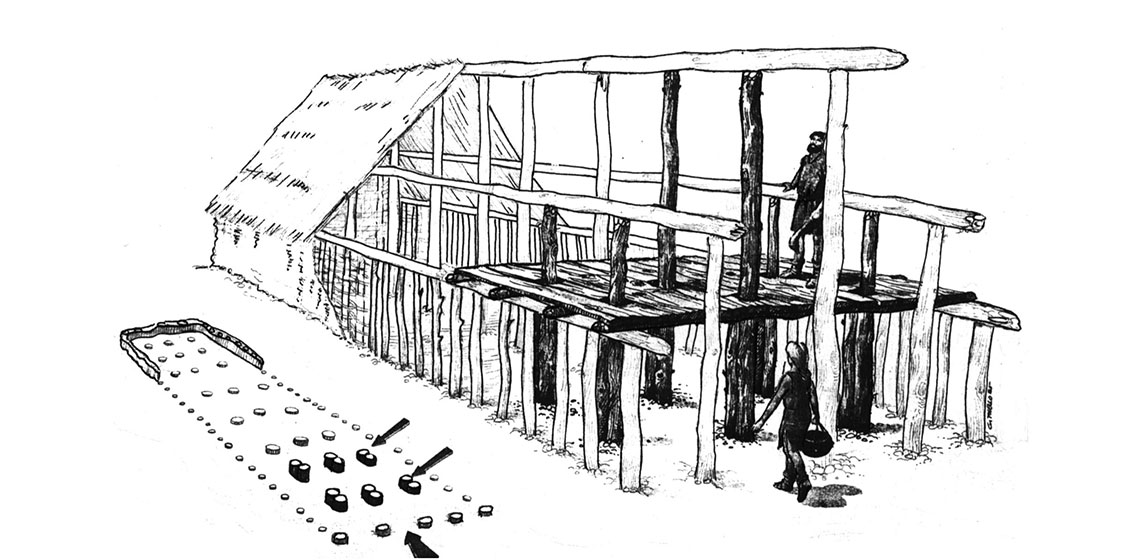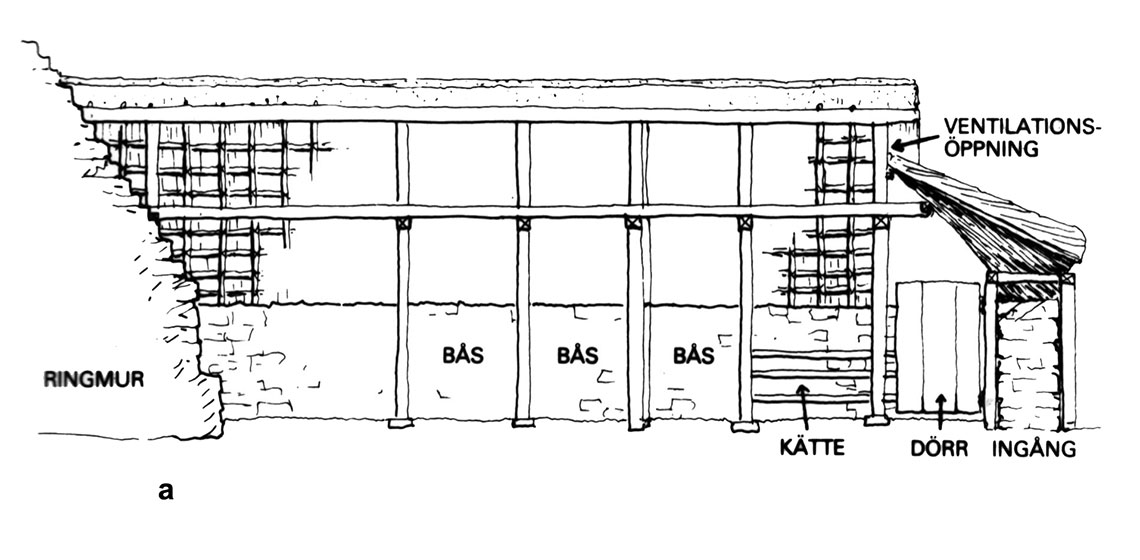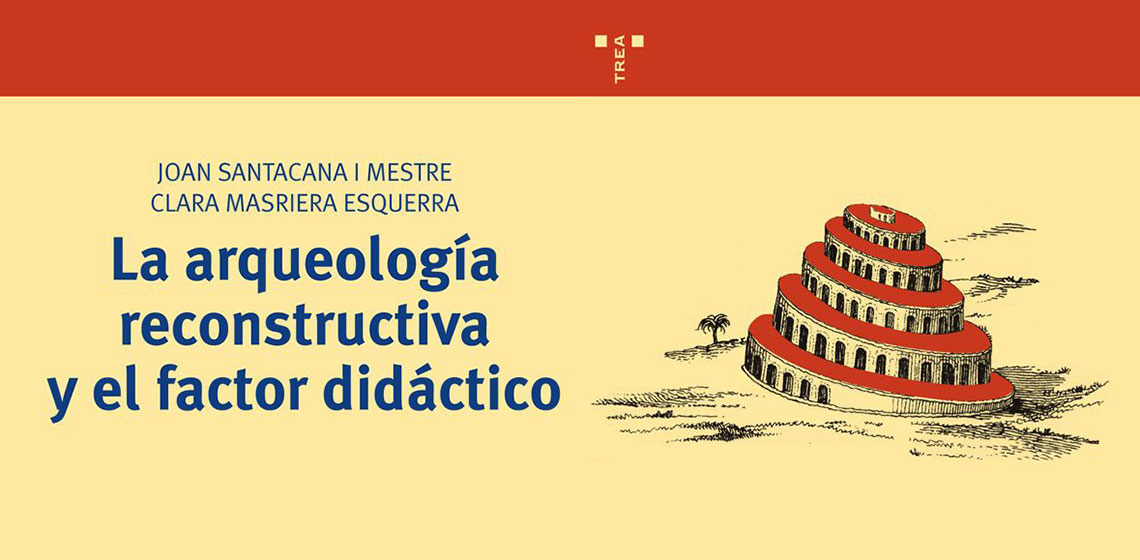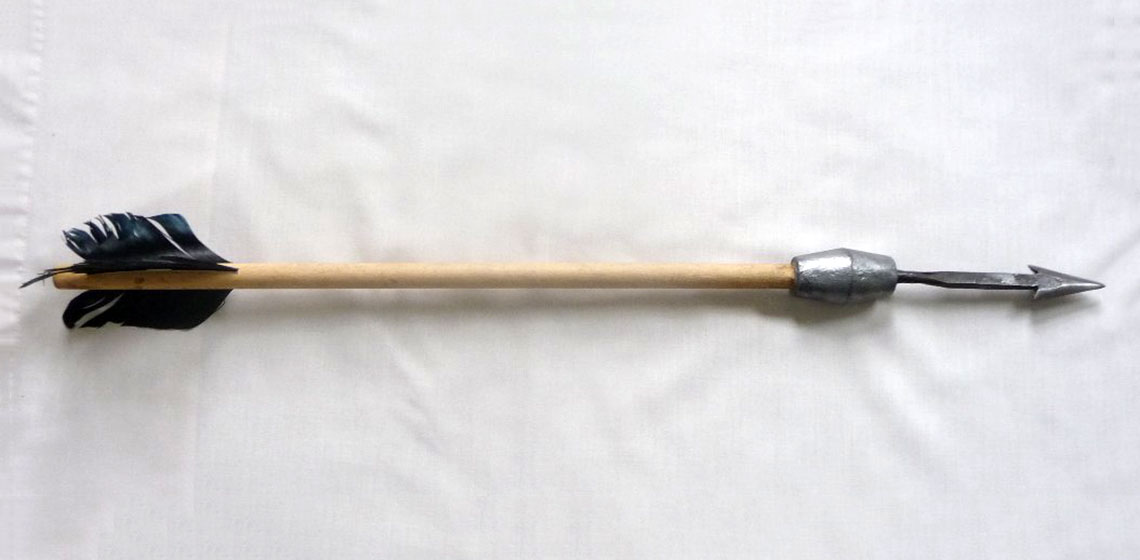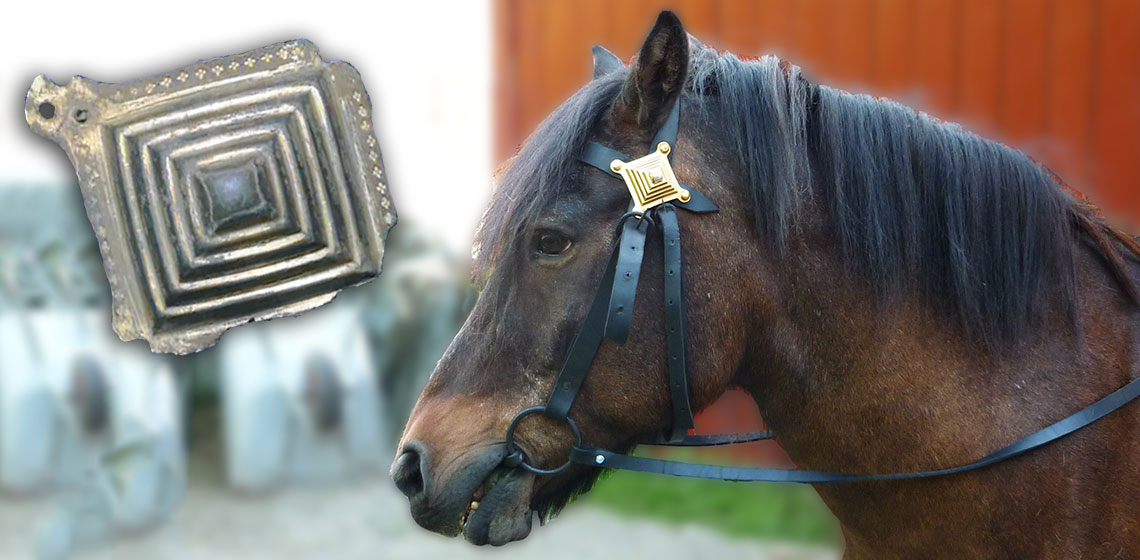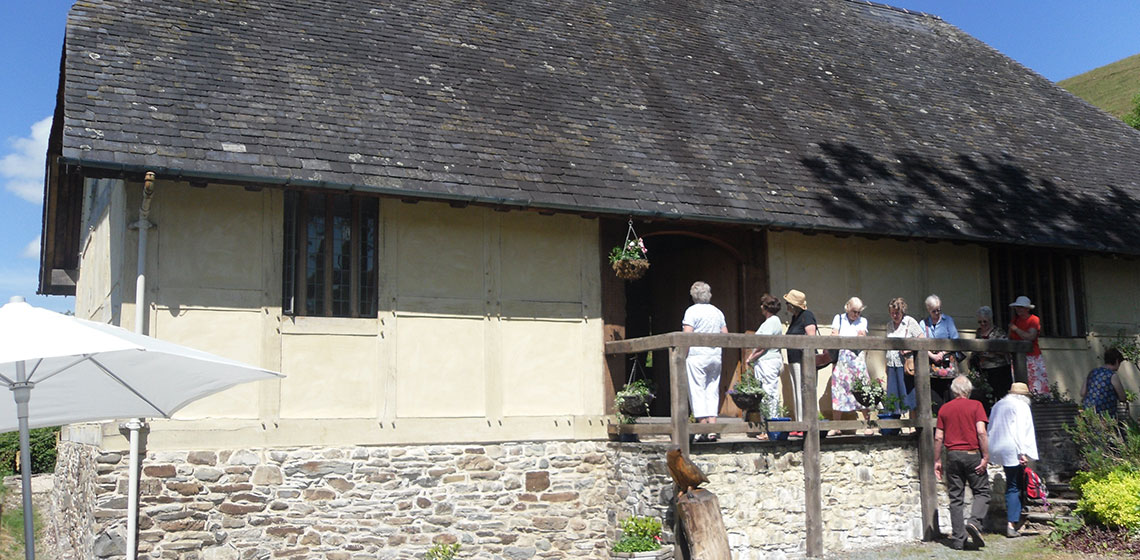The Reconstruction of the Danubian Neolithic House and the Scientific Importance of Architectural Studies
Un objet de recherche […] à la fois particulièrement fertile et contraignant, en ce qu'il impose de ne jamais - sauf de façon provisoire - disjoindre le matériel du social et du mental. [A topic of research both particularly fertile and constraining because it demands the one never - except provisionally - separates the material from the social and the mental] Isac Chiva 1987 - La maison: le noyau du fruit, l'arbre, l'avenir. Terrain - Habiter la maison, 9: 5-9.
